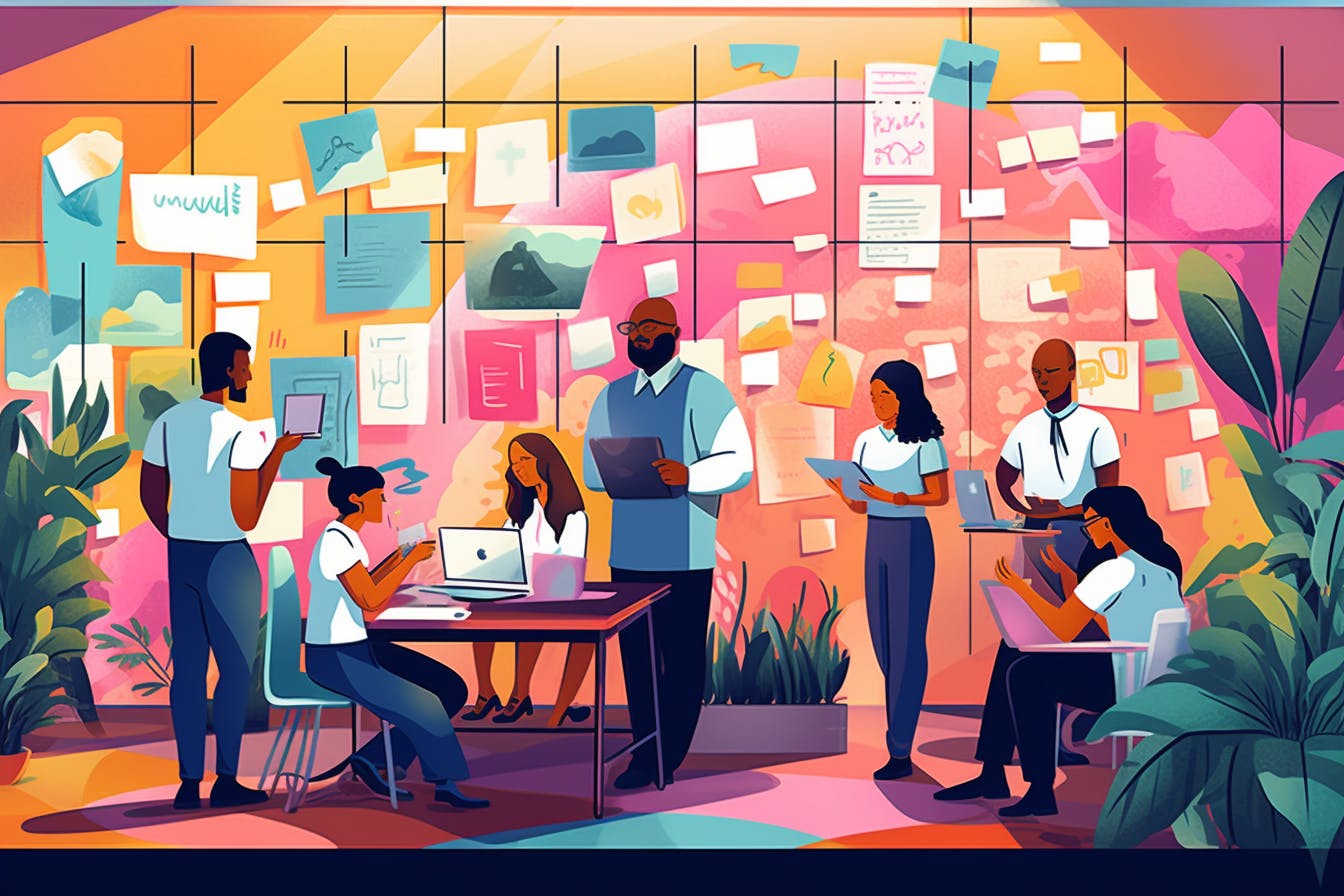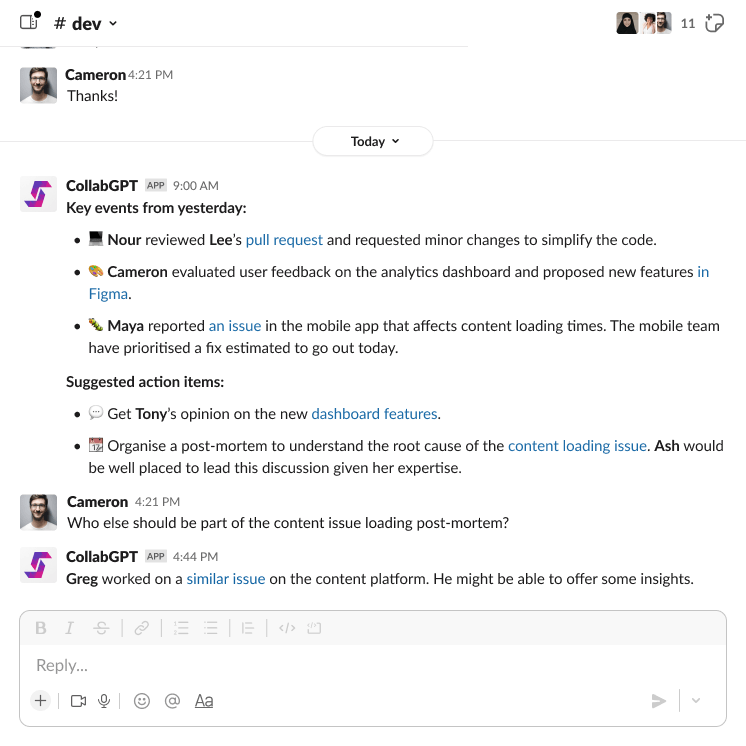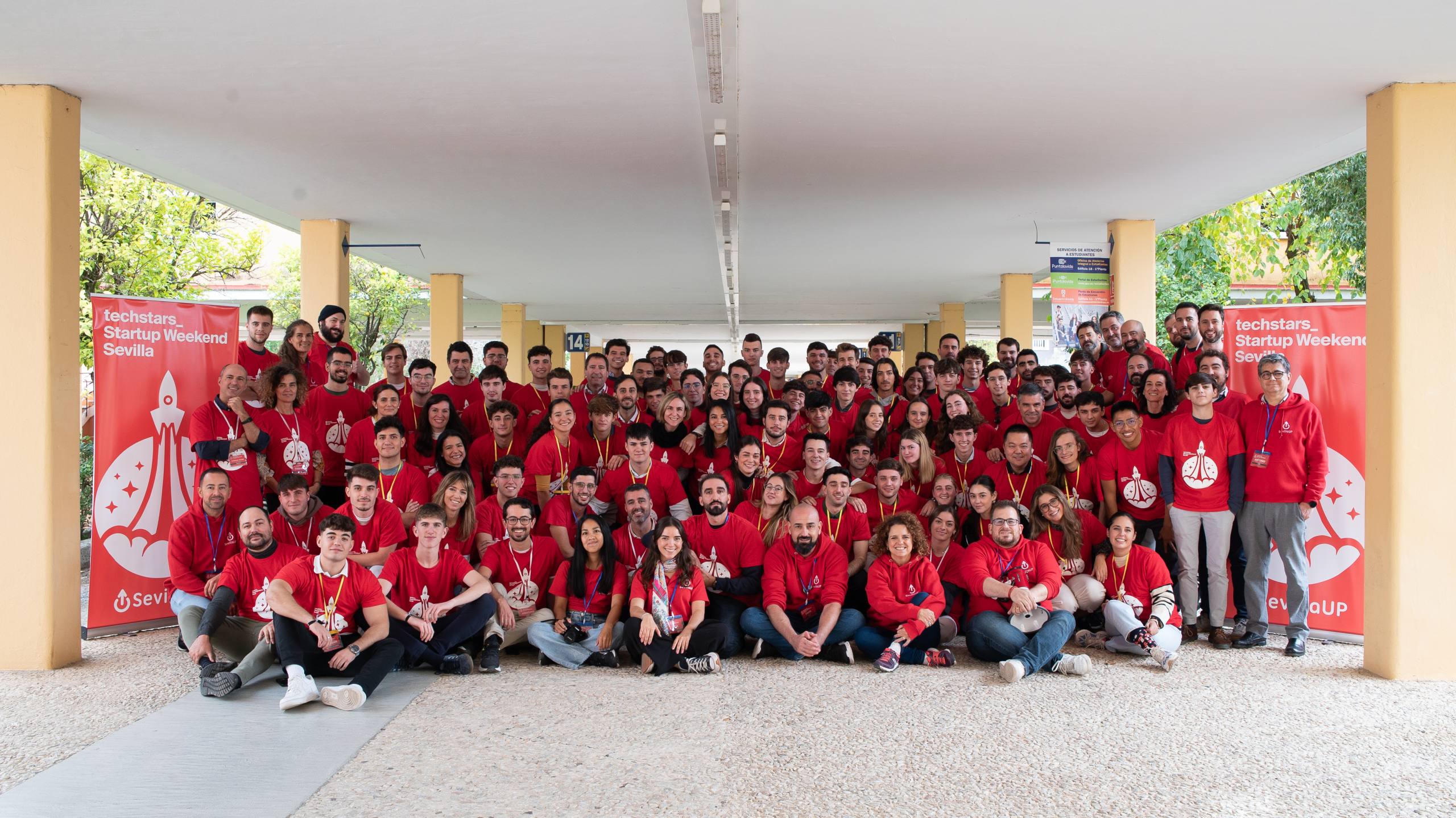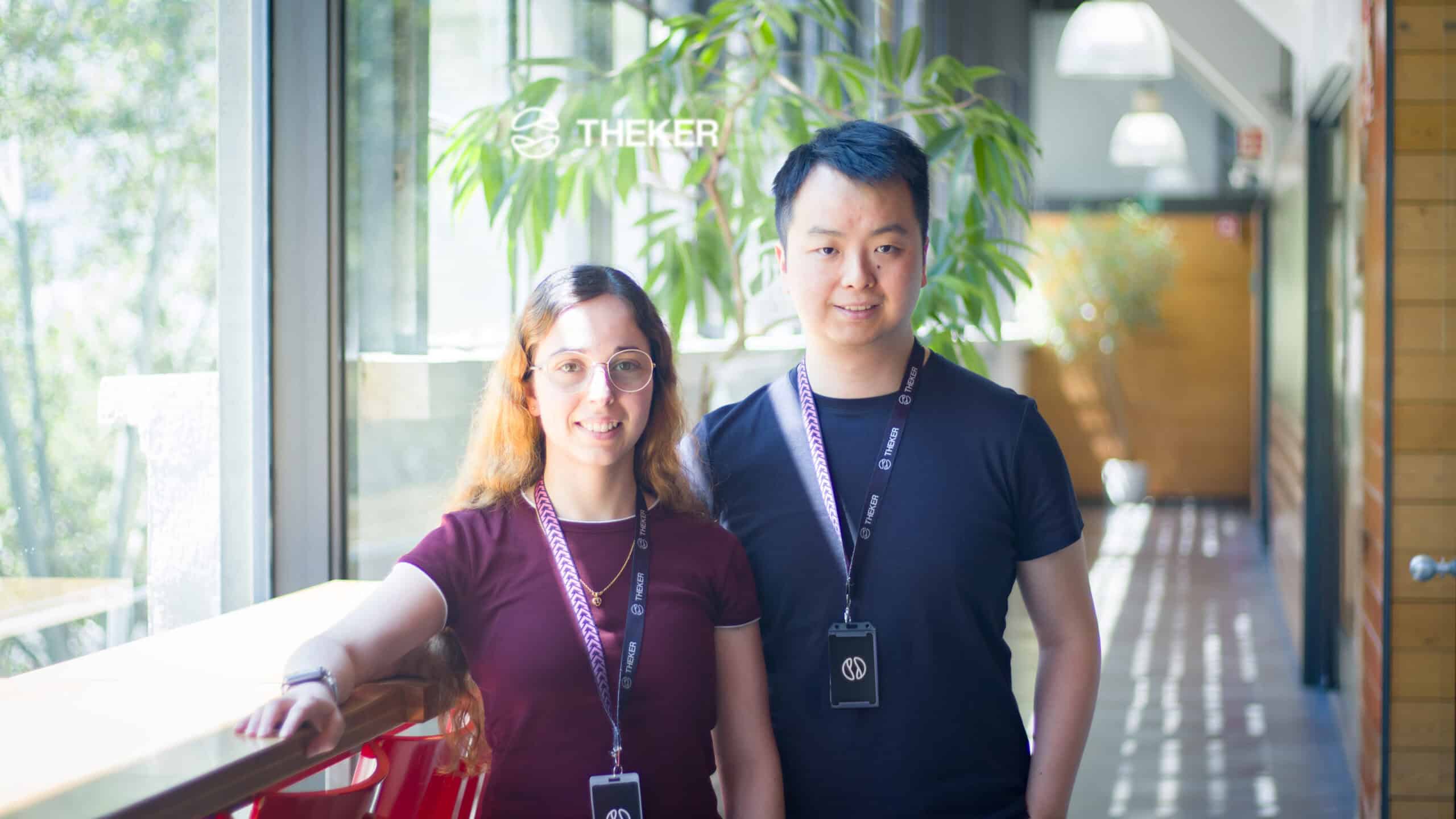Time is our most valuable currency.
The traditional approach of lengthy, information-packed meetings is often a time sink rather than a productivity booster.
Daily standups are quick, focused, to-the-point meetings. They serve as the team’s regular pulse check. Also called the daily scrum, daily huddle or sync meeting, they’re a concise platform to share updates, highlight blockers, and align the team’s efforts. They’re a quick morning huddle where everyone gets on the same page and gets clarity for the day’s work.
So how do daily standup meetings work, and how can you leverage them to boost productivity?
What is a daily standup meeting?
The daily standup, or the daily scrum, has roots in Agile and Scrum methodologies.
A typical daily standup is built around three main questions:
- What did you do yesterday?
- What will you do today?
- Are there any blockers in your way?
The goal here isn’t to solve problems but to identify them, so they can be addressed promptly.
You’ll notice I made no reference to the format of the meeting. Traditionally, stand-up is an in-person meeting. It can also be a virtual one, of course.
But it doesn’t actually need to be a gathering of people at all – it can also be asynchronous or AI-driven! More on this later.

Why daily standups matter
Why the fuss about daily standups? Well, many software teams capitalise on a number of perks to the daily ritual.
Flow of communication
Standups provide a regular, structured space for the team to exchange information and updates, and align on the day’s priorities.
This constant feedback loop leads to fewer misunderstandings, less duplication of effort and greater visibility.
Accountability
In standups, everyone gets a platform. Team members share their progress, commitments, and blockers in front of their peers, to keep what was agreed in sprint planning with the Scrum Master and Product Owner on track.
Reflection
Standups are more than just status updates; they’re mini retrospectives.
Teams share their work and blockers and highlight inefficiency and productivity bottlenecks. This daily reflection leads to continuous improvement and a more streamlined workflow.
Participation
In standups, every voice matters. Everyone gets a chance to share their work and ideas.
This isn’t just good for morale. It’s a good practice for inclusion too. Choosing a daily standup format that works for as many as possible matters. For example, asynchronous status updates may be better for distributed teams, and be more inclusive of introverts, for example.
Identify and Tackle Blockers Swiftly
With daily standups, issues don’t fester and become massive roadblocks.
They’re highlighted promptly and dealt with swiftly, keeping the project on track and minimising disruptions.

Running a daily standup
What should be covered in a standup meeting?
A daily standup is essentially a progress checkpoint. Each team member briefly shares what they accomplished the day before, what they plan to tackle today, and any impediments they face. The emphasis is on brevity and alignment rather than problem-solving. Deeper discussions are better suited for separate meetings.
How long should a daily standup last?
Ever heard of the 15-minute standup? That’s the sweet spot. Aim for 15 minutes, but remember, it’s not a hard rule. The key is to keep it short and impactful. If you have a large team, you might need more time, but consider breaking into smaller groups to keep the meetings swift and focused.
Who should ‘own’ the daily standup?
Unlike traditional meetings, daily standups don’t need a designated ‘leader.’ Instead, everyone shares the responsibility of ensuring a productive and efficient meeting. However, having a Scrum Master or Project Manager facilitate the meeting can help maintain focus and pace, especially for larger teams.
When should a daily standup take place?
Morning. Start your day with it. It sets the stage for the day, helps identify bottlenecks early, and ensures everyone is aligned and ready to tackle their tasks. But remember, if you’re managing a remote or distributed team, consider different time zones when scheduling the standup, or consider asynchronous standups.
What to discuss in a daily standup?
Focus on progress, plans, and problems. Discuss what you’ve accomplished, your agenda, and any obstacles you face. Remember, this is not the time for detailed problem-solving or feedback. Keep it concise, and take any complex discussions offline.
How to run remote daily standups?
Remote teams and distributed teams run daily stand-up meetings in much the same way as you would have face-to-face. Leverage reliable video conferencing tools like Zoom or Google Meet. Consistency is key, so schedule the standup at a time that accommodates all team members, keeping time zones in mind.

A top tip: Asynchronous daily standups
Many agile development teams prefer asynchronous daily standups or AI-driven daily standups.
AI-driven tools automatically summarise what happens across all your platforms without human intervention.
Asynchronous daily stand-up tools allow team members to type or even record their daily standups.
In both cases, you could set up a #standup Slack channel and use a tool to deliver updates and summaries automatically.
See this list of the 8 best daily standup tools.
Strategies for Effective Standups
Optimising daily standups is not about adhering to a rigid script. It’s about creating a climate of trust, transparency, and open communication. Here are some tried-and-true strategies to ensure your standups are as effective and efficient as possible.
Ask the right questions
You’ve got the basics down: What did you do yesterday? What are you doing today? Any blockers? Don’t stop there. Encourage your team to go beyond the status report and share insights or interesting challenges. This promotes a culture of learning and curiosity.
Make it a recurring event
Consistency is key. Schedule your standup at the same time every day to make it a habit. This instils discipline, helps manage expectations, and ensures everyone is in sync.
Time each participant
Brevity is the soul of standups. Encourage each participant to keep their updates concise and to the point. Consider using a timer to maintain a brisk pace. This is especially useful for larger teams or those who tend to get sidetracked.
Automate your standups
Technology is your friend. Leverage software tools to streamline your standup process. You could use an automated tool to manage remote or asynchronous standups, track updates, and maintain a record for future reference.
The pitfalls of traditional daily standups
Daily standups can sometimes fall short. Here are some common problems teams face:
- Time-consuming: Often, daily standups take longer than anticipated, eating into valuable work time. Over a week, this can accumulate into hours of lost productivity.
- Inconsistent participation: Not everyone can participate in standups all the time, especially in distributed teams across various time zones.
- Information overload: Too many updates can drown out the ones that truly matter. It takes work to sift through and remember all the details.
- Dependency on human memory: People can forget to mention key details or may not realise the significance of specific updates.
These symptoms can be a sign you need to switch up how you complete your daily standup, for example, by switching to AI-driven or asynchronous standups.
A solution?
CollabGPT is an AI that does standups better than standups do! I’ve built it just for this purpose with my team, and I want to share how it could work for you.
It’s your secure AI companion that keeps an eye on your software projects across all your communication platforms, including Slack, Jira, GitHub and more.

CollabGPT has a firm grasp of your team’s context, goals, and activities. It works like an attentive colleague, observing, reflecting, and providing deep insights into what truly matters to your team.
Instead of having your team scrambling to recall and share updates, CollabGPT generates summaries of activities, decisions, and results that matter the most. Every day (or week), CollabGPT combs through your project’s daily happenings and shares what’s important.
Got a complex question? No worries. CollabGPT can answer it with precision.
Is your team dispersed across multiple collaboration platforms? CollabGPT handles it seamlessly by matching references across different sources, from pull requests and Slack conversations to Jira tickets.
And, of course, we understand how crucial data privacy is. With our Privacy Command Centre, you control your data, keeping it secure and private.
We think it’s awesome, and I’m confident you will too.
Add CollabGPT to Slack for free.
Pulling it together
Daily standups are a way of effectively exchanging key information in agile software teams.
But traditional daily standups can sometimes fall short, creating opportunities for AI-driven and asynchronous solutions to shine.
This article was originally published by Alex Omeyer on Hackernoon.









